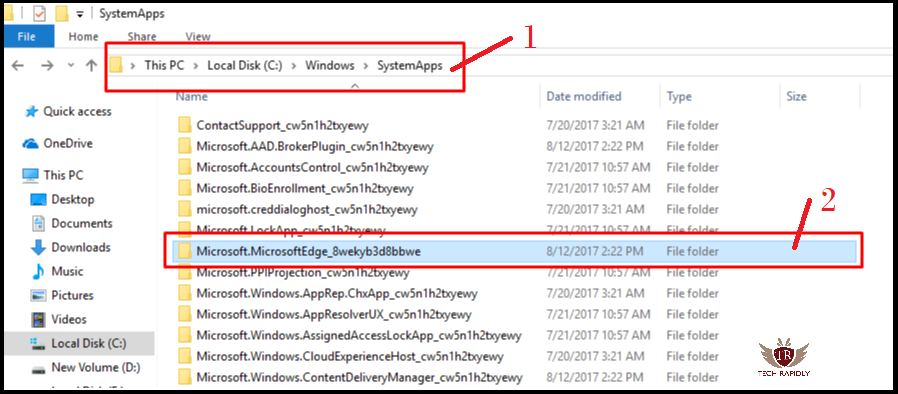
While your traffic is encrypted for most of its journey through the Onion network, it is exposed when it passes through the exit node. When an exit node is used for exploitative purposes, it’s known as a malicious exit node. They have been known to be used for surveillance by criminals and even to operate man-in-the-middle attacks. Malicious Exit NodesĪnyone can operate an exit node.
This won’t directly reveal your IP address, but it does make you much more vulnerable to surveillance due to the lack of additional encryption compared to HTTPS. If you want to prevent IP and DNS leaks when using Tor, you should to avoid:Īll of these activities have the potential to route traffic outside of the Tor Browser or retain information that can de-anonymize you even within the browser.Īnother common mistake is accessing HTTP sites. However, this will almost certainly result in data leaks that can reveal your true identity. If you’re not concerned with privacy or anonymity, you can safely use Tor like a regular web browser. Vulnerabilities like data leaks or compromised exit nodes mean that it’s possible for some users to be de-anonymized. Your location is hidden and your ISP cannot track your traffic to the same degree – though it will still see that you are using the Tor Network, which can mark you for surveillance by some ISPs.ĭespite these protections, it is still possible for certain groups to see at least some of your browsing activity.

Tor does provide more general privacy protections than a normal web browser like Google Chrome, including DNS over HTTPS. In theory, someone running an exit node can spy on your activity, although they won’t know who it belongs to. Your personal IP address is visible to the guard node, and your traffic is visible to the exit node. While Tor is anonymous, it is not private. A singular node cannot have access to both your traffic and IP address, which means your identity and online activity within the Onion network are never disclosed at the same time. Here’s a more detailed list of potential safety and security issues when using the Tor Browser: Tor Is Anonymous, But It Is Not Private JavaScript can expose your identity on Tor Your public IP address is exposed to the guard node Visiting HTTP sites will make you more vulnerable to surveillance as these sites do not encrypt your traffic There is evidence of Tor users being de-anonymized Tor is decentralised, so users do not have to trust a private VPN service The websites you visit cannot see your public IP address or locationĭata leaks can easily reveal identifying information Traffic at the exit node is exposed to surveillance and man-in-the-middle attacks Three layers of encryption shield your activity from tracking and surveillance by your ISP In the table below, we summarize the strengths and weaknesses of the Tor browser when it comes to safety: Pros If you’re a casual user, we recommend combining a safe private browser with a top-rated VPN service, instead. There are significant vulnerabilities that can put your safety and privacy at risk, and these risks often outweigh the browser’s benefits for most people.
#How do i uninstall tor browser from win 10 download
Tor is safe to download and operate if you’re an advanced user and it’s absolutely necessary. Tor is legal in most countries, though the use of the Tor browser can mark you for surveillance by government authorities due to its ability to access hidden.Tor can be complicated to use and set up, which means it is easy to reveal your true identity through data leaks or behaviour that might reveal personal information.There is some evidence that Tor users can be de-anonymized by US law enforcement agencies and academic researchers.This means you are at risk of surveillance or malware injection via malicious exit nodes. Your web traffic is fully decrypted and visible at the exit node, although it is not traceable to your identity.Tor’s exit node can see your activity but not your IP address.

Tor’s guard node can see your public IP address but not your activity.


 0 kommentar(er)
0 kommentar(er)
